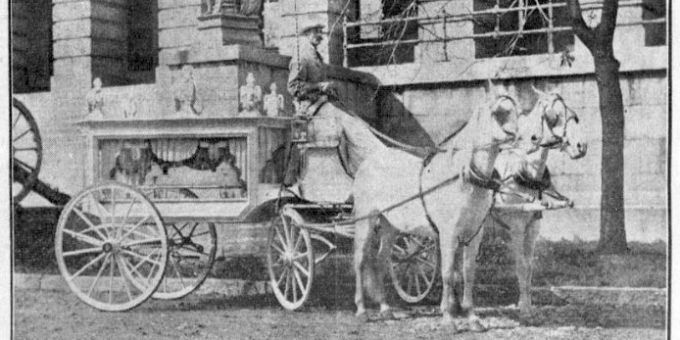
Embalming in the early 20th century was not an exact science, and just about everyone was giving the process a shot. Whether it was a bored farmer who liked to tinker with the dead bodies of the insane or a living person who found himself on the embalmer’s slab, the history of embalming is a rather disturbing adventure.
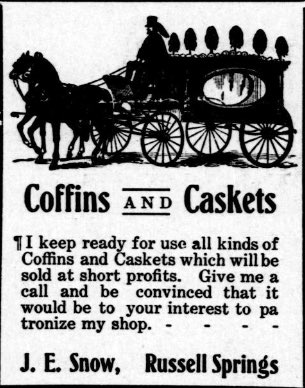
1. Suddenly Woke Up
Have you ever had that dream where you are lying on a table, about to be embalmed, and you try your damnedest to let the embalmer know that you are still alive, but you can’t move? Yeah, you might want to stop reading this right now.
Apparently this was a common occurrence in the early 1900s. For instance, Joseph Axline, a mere twenty-one years old, was pronounced dead by the doctor. However, just as the embalmer was about to stick him with a needle, the poor young man woke up. Close call, right? [1]
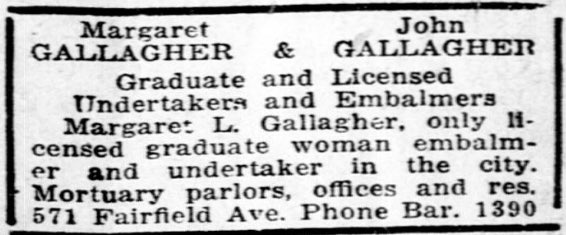
2. Made House Calls
In the late 1800s and early 1900s, embalmers could be called to embalm the dead in their homes. For example, in 1898, Mr. Edgar Whippie was called to the home of a reverend in Arizona to embalm the Reverend’s six week old child. [2]
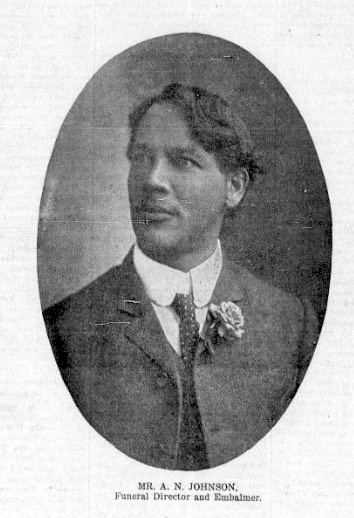
3. Segregated Embalmers
There were embalmers for white, and a growing number of women embalmers for women. There were also embalmers specifically for people of color. In Nashville, Tennessee, business was booming for black embalmers during the early 1900s. Their waiting rooms and services were just as fancy as those of the white folks. The only real problem they seemed to have is getting the bodies in soon enough.
In an article from 1907, an embalmer begged the community to get the bodies to him in time. There is a deadline, he explained, where a dead body could no longer be preserved. The was especially true when the body was blackened from decay. [3]
4. Arsenic
In the late 1800s on up to 1910, arsenic was used to embalm the dead. This became a problem when medical doctors tried to determine if someone was murdered by arsenic poisoning because the dead were often embalmed immediately after death.
Today, arsenic poison is leaching from out of the coffins of Civil War soldiers who were embalmed with arsenic.
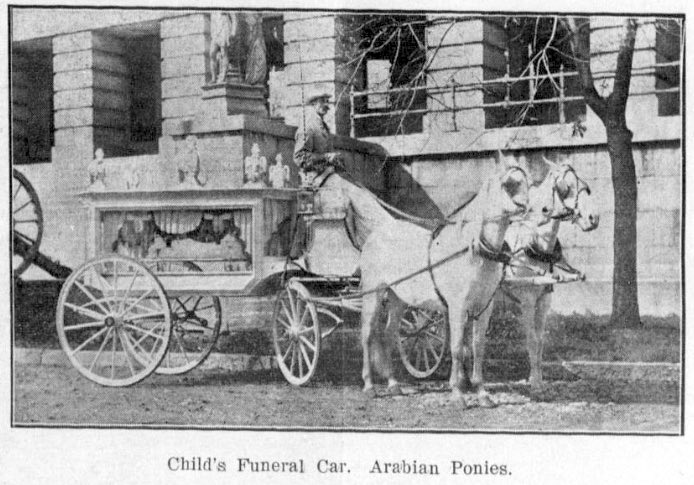
5. Embalming the Insane
Those who died in the insane asylums were sometimes used to test out experimental embalming fluids. For example, in 1882 it was reported that the body of Mr. Berger, a man who died in an insane asylum, was embalmed with a special embalming solution and then kept, unburied, for two years to see how well the embalming fluid worked. [4]
6. Kept the Embalmed in the Insane Asylum
If it wasn’t bad enough that people experimented with embalming in the dead insane, one man, a farmer with no formal education, was given a special room inside of an insane asylum where he was allowed to embalm dead patients and house them to check the rate of their decay. Talk about upsetting the inmates! [5]
7. Disaster Chasers
Finally, early embalmers were similar to the ambulance chasers of today. Whenever a disaster and mass casualties were reported, embalmers would flood the area with offers to embalm the deceased immediately on the spot. [6]

